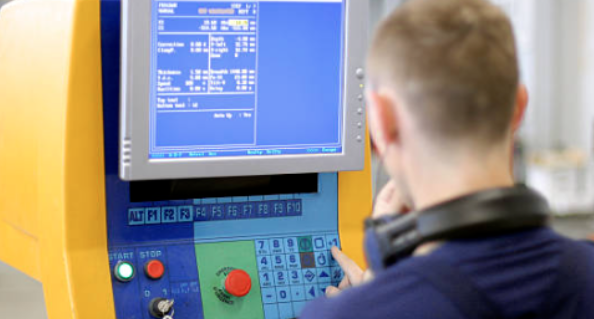
Posted on Monday, September 30, 2024
Proper training is essential for ensuring efficient operation, safety, and maintenance of roll forming machines. Here's how to approach effective training for employees:
Develop a comprehensive training plan that includes both theoretical knowledge and hands-on experience. Divide the training into key areas:
Break down machine operation into clear, manageable steps. Start with basic tasks like loading coils and move towards more advanced functions such as adjusting settings for custom profiles. This gradual progression helps build confidence.
Learning by doing is one of the most effective ways to train employees. After classroom instruction, give trainees time on the machine under the supervision of experienced operators. Hands-on practice helps reinforce theoretical knowledge.
Roll forming machines and industry standards change over time, so provide ongoing training sessions. Include updates on new technologies, safety regulations, and machine maintenance best practices. This ensures that employees stay current with developments in the field.
Pair new employees with experienced machine operators who can act as mentors. These senior operators can provide practical insights that go beyond textbook training, such as tips on achieving optimal machine performance or avoiding common mistakes.
Safety is a top priority when working with heavy machinery like roll formers. Reinforce safety protocols through regular drills, safety reviews, and by posting clear instructions near machines. Encourage a culture of safety where employees feel comfortable reporting potential hazards or near-miss incidents.
Incorporate real-world scenarios and problem-solving into training. For example, simulate common issues like coil jams, material misalignment, or profile defects, and guide employees through troubleshooting. This helps prepare them for actual challenges on the job.
Regularly assess trainees’ understanding through quizzes, practical tests, and performance reviews. Consider offering certifications upon successful completion of the training program to motivate employees and verify their competency.
Utilize digital training tools like instructional videos, machine manuals, and virtual simulations. These can supplement in-person training and provide a resource employees can refer to later.
By investing in thorough, structured training programs, employers ensure that their roll forming operations run smoothly, safely, and efficiently, while empowering employees to take ownership of their roles.

Understanding Coil IDs, Mandrel Sizing, and Shear Pin Safety in Uncoilers
Posted on Wednesday, October 1, 2025
Mismatched sizes can lead to machine damage, downtime, and safety hazards — often evidenced by a shear pin failure.

How Coil Tensile Strength Affects Roll Forming and How to Adjust Your Machine
Posted on Wednesday, October 1, 2025
Changes in tensile strength can significantly affect the finished profile, causing misaligned bends, uneven edges, and out-of-spec parts.

Why Paint Cracks on an Embossing Line Running Pre-Painted Coil and How to Prevent It
Posted on Wednesday, October 1, 2025
This issue not only affects the visual quality of the product but can also lead to increased scrap rates and customer complaints.

The Most Popular Standing Seam Metal Roof Panels in the U.S. — A Comprehensive Guide
Posted on Monday, September 29, 2025
In this post, we’ll explore what panel styles and sizes are most popular in the U.S